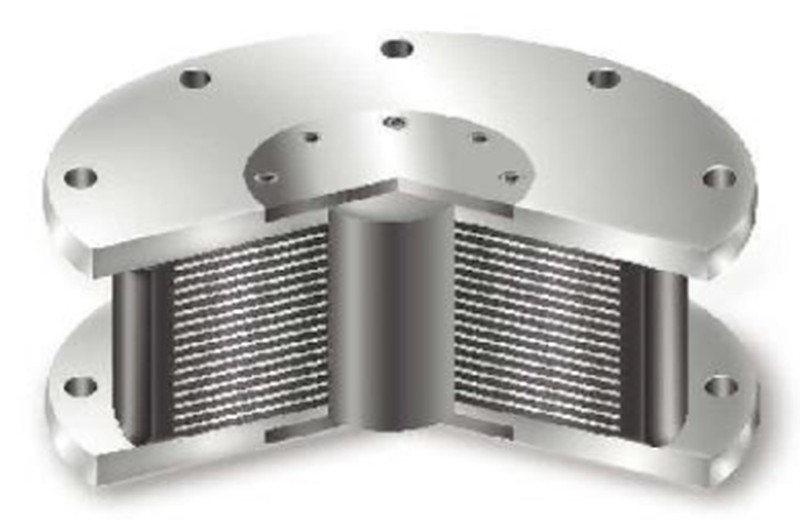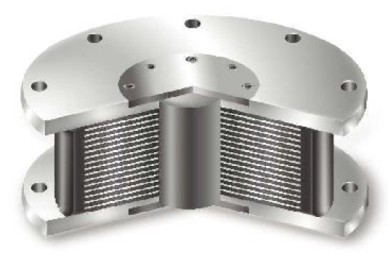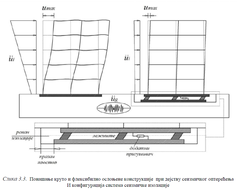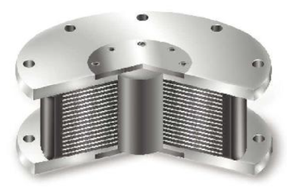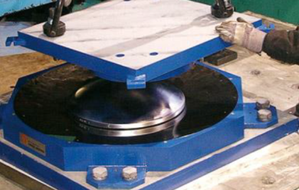Base isolation, also known as seismic isolation, is a state-of-the-art method that constitutes one of the most effective means of protecting a structure against earthquake forces. Seismic isolation systems rely on one simple idea - to separate the structure as much as possible from the movement of the ground during an earthquake. The idea to make the structure less sensitive to soil movements is realized by separating the structure from the ground with a set of specially constructed bearings – isolators, whose mechanical characteristics change the behaviour of the structure under seismic load. The use of base isolation strives to ensure that the structure accepts seismic loads without damage. The base isolation system increases the fundamental period of the structure to > 2.5s, which leads to a significant reduction in the acceleration transmitted to the structure. As a result, the lateral deformations and the interstorey drifts are considerably smaller, leading to light or very light damage to the structural and the non-structural components even in very large earthquake events.
Seismic isolation was first introduced for the design and construction of new buildings. Nowadays, it is gradually gaining ground for the protection of existing structures against seismic loading. With the rapid decrease in the cost of isolators the technique is gradually changing from an ‘exotic’ method suitable only for special applications, to one of the standard methods for seismic upgrade. Today, seismic isolation is considered one of the preferred methods for retrofit in the cases of historical, cultural and public building preservation that require minimum modifications. It is also used for content protection, when the value of the contents of a building is greater than the value of the building itself, as for example in museums, hospitals, laboratories, IT server rooms.
This research field deals with both experimental and numerical research of the behaviour of base isolated buildings. The research is conducted in several overlapping directions:
- research and understanding of all factors that affect the design of isolators
- experimental and numerical testing of isolator devices and base isolated structures
- application of seismic isolators that can provide isolation of the building from everyday vibrations (from traffic, people, machines ...
In the next period, additional experimental tests of isolators of different types and materials are planned, with a focus on circular economy and the application of renewable materials. Indispensable part are comprehensive parametric studies performed in order to obtain the best solution that is optimized for practical use in everyday design and construction practice.
